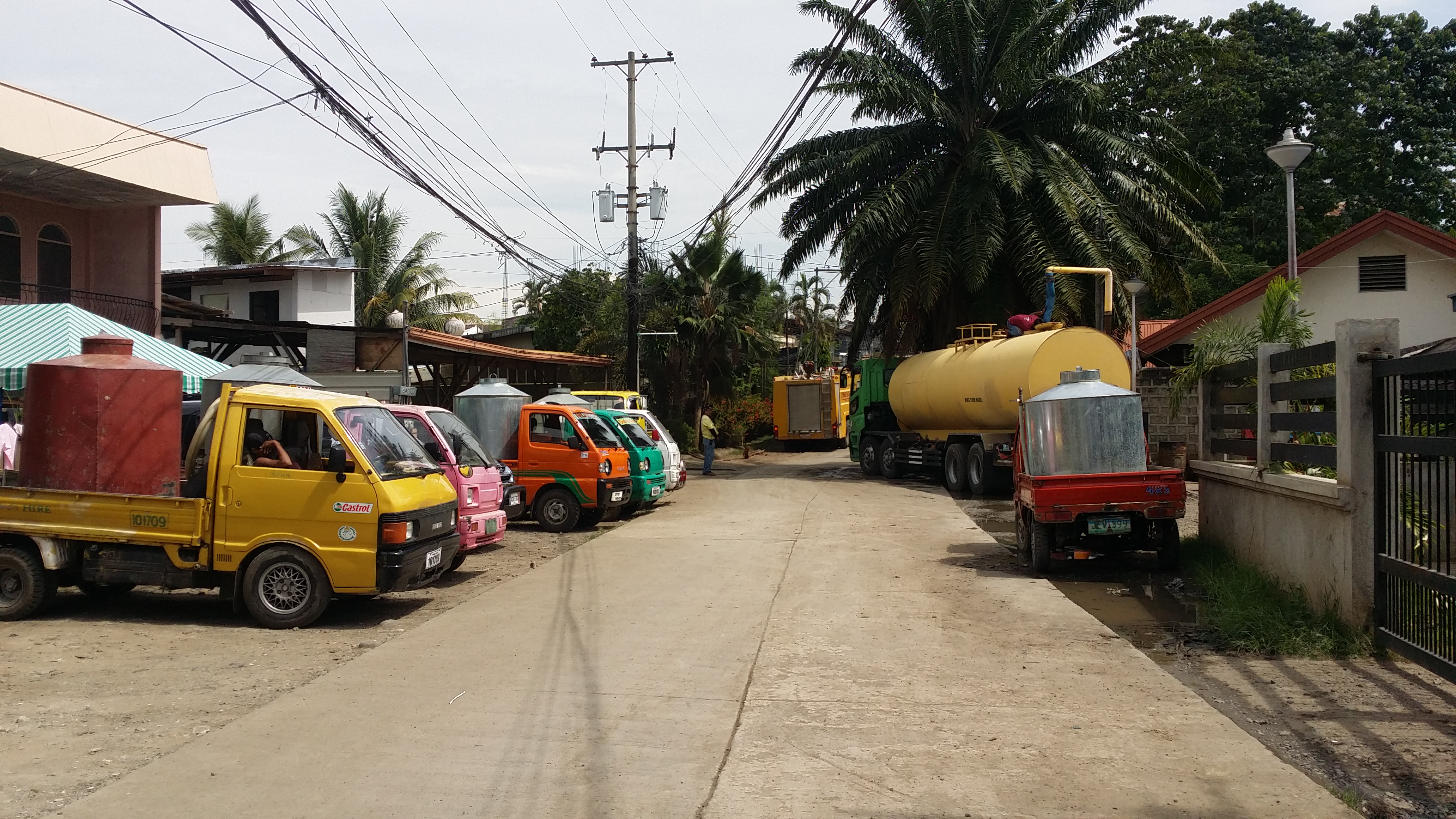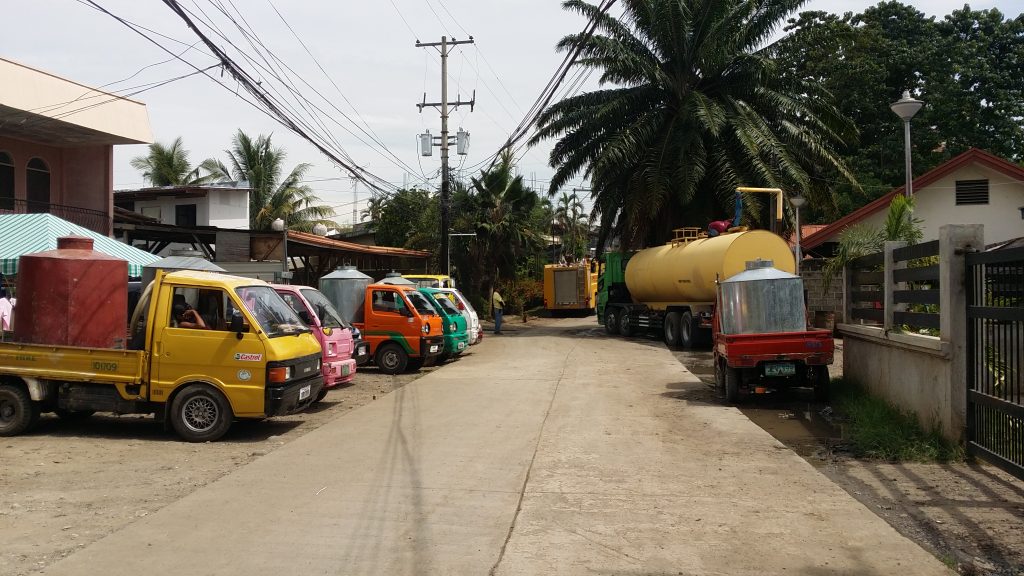
By URIEL C. QUILINGUING
Contributing Editor
THE Cagayan de Oro Water District (COWD) has been losing more than half of the volume of water its production wells draw out from the ground and the bulk surface water its contractor has been supplying for several years now.
COWD general manager Engr. Bienvenido Batar Jr. disclosed this Monday but he assured consumers of stable and potable water supply.

The COWD’s 28 wells and its supplier Cagayan de Oro Bulk Water Inc. (Cobi) produce 220 million liters a day for more than 102,000 customers. Eighty million liters are supplied by Cobi.
“Last year, our NRW (non-revenue water) was 54 percent,” said Batar, who admitted achieving the Local Water Utilities Administration’s allowable 30-percent NRW, which is considered as the water industry’s systems loss, quite difficult.
He said the 54 percent was an improvement of the 58-percent NRW which was highest in the last five years yet such was far way above the 15 percent the water district had in the late ’70s when the city’s water district only had about 12,000 water connections.
“Our NRW usually goes up when there are road and building construction projects,” said Batar, other than the water drawn from fire hydrants when fires occur, the water they distribute during calamities, losses due to leakages in pipes, joints and fittings, pipe repairs as well as reservoirs overflows.
COWD, upon the request of city hall, had put up more than 300 fire hydrants in residential and commercial areas, a source from the Bureau of Fire Protection regional office told this paper. But the figure may only be about a hundred by now.
To minimize water losses, Batar said, they have seven leakage repair teams who can act and report leaking pipes until midnight.
Since COWD can only do as much in reducing non-revenue water volume, more production wells—at least one every two years—must be energized; a 20 mld contracted volume of surface water with Cobi before the year ends and further prepare for 50 mld from other sources more before 2035.
Meantime, Councilor Teodulfo Lao Jr., chair of the city council’s utilities committee, said COWD should upgrade its underground pipes that were laid more than 20 years ago. He said many of these may now be leaking.
“Imagine, most of the pipes are already obsolete and rusty and can be hazardous to the health of their customers,” said Lao, adding that underground water distribution pipes are already susceptible to leaks and cracks which cause high non-water revenue or system losses.
Other than the NWR issue, Lao said the COWD should prioritize those in its service area whose residents have yet to see water from faucets, particularly those of Balubal, Indahag, FS Catanico, upper Puerto, and upper Camaman-an.
COWD has been servicing portions of Misamis Oriental, particularly Opol town, and Casinglot in Tagoloan town, for the past 10 years now.
Lao said COWD deserves only a “5” for now if it has to be rated, based on its overall performance, in a scale of one to 10, with 10 as highest.
Disclaimer
Mindanao Gold Star Daily holds the copyrights of all articles and photos in perpetuity. Any unauthorized reproduction in any platform, electronic and hardcopy, shall be liable for copyright infringement under the Intellectual Property Rights Law of the Philippines.





